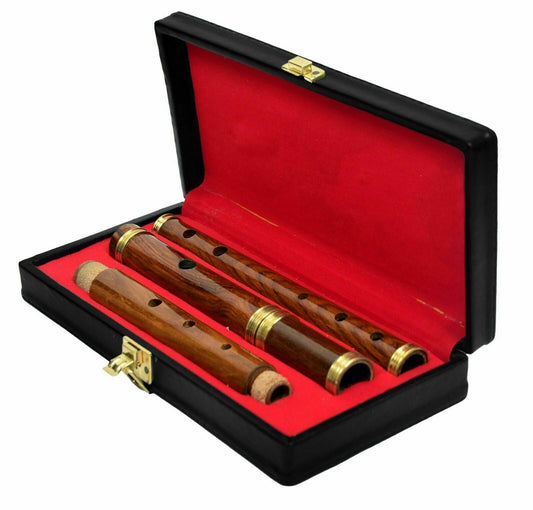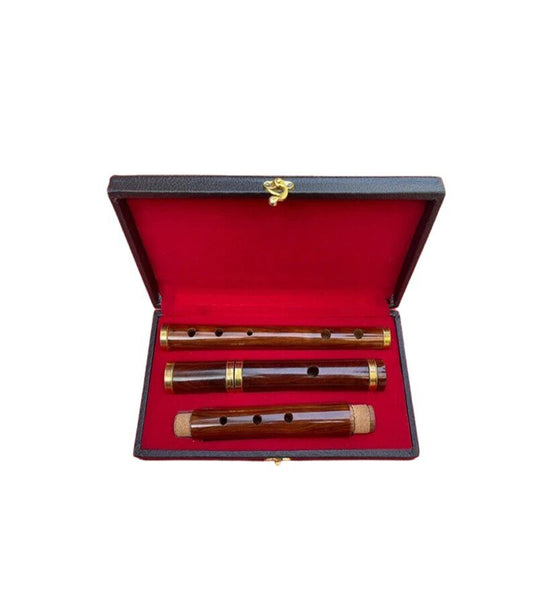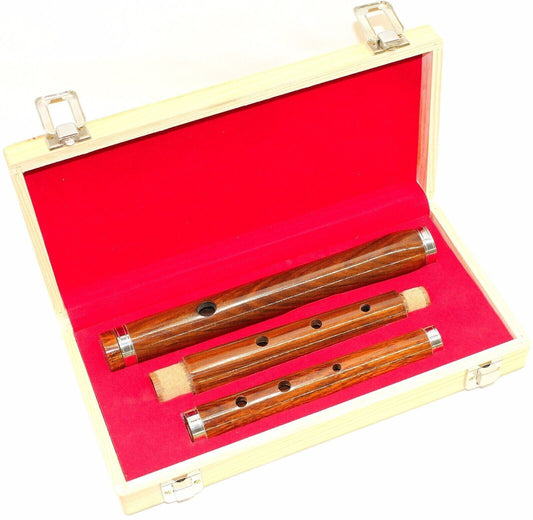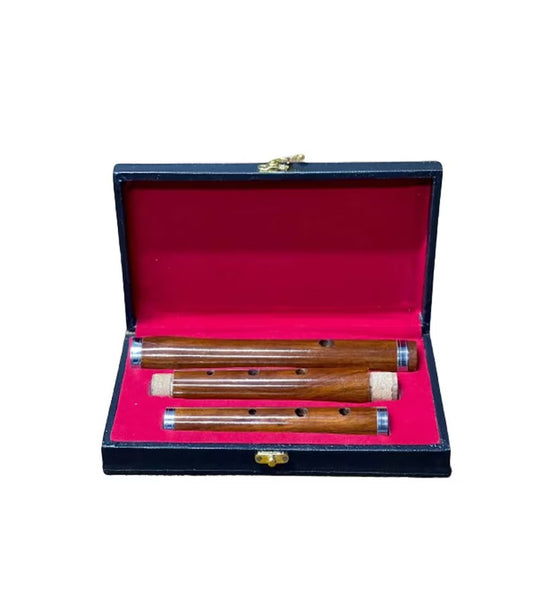-
Irish Rosewood Flute For Sale
Regular price $69.00 CADRegular priceUnit price / per$110.00 CADSale price $69.00 CADSale -
Handmade Rosewood Flute For Sale
Regular price $69.00 CADRegular priceUnit price / per$110.00 CADSale price $69.00 CADSale -
Handmade 4 Parts Rosewood Flute
Regular price $69.00 CADRegular priceUnit price / per$110.00 CADSale price $69.00 CADSale -
Brown Rosewood Flute For Sale
Regular price $69.00 CADRegular priceUnit price / per$110.00 CADSale price $69.00 CADSale -
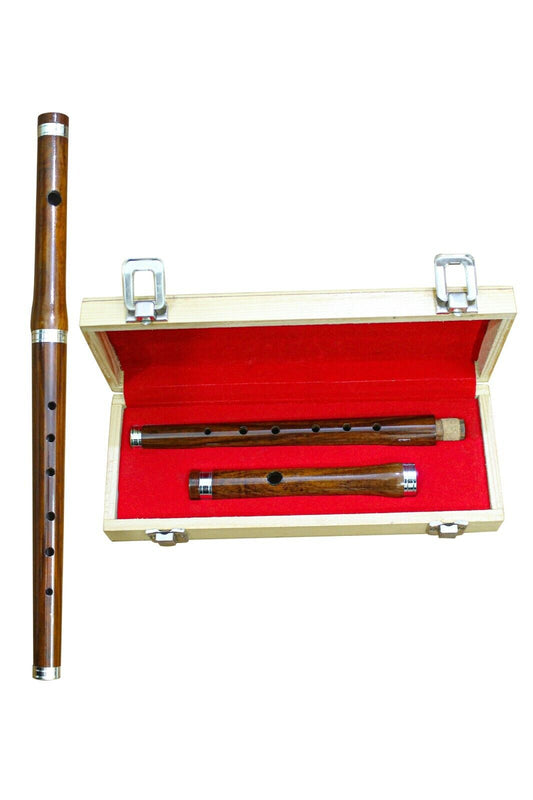 Sale
SaleBrown Rosewood Flute
Regular price $69.00 CADRegular priceUnit price / per$110.00 CADSale price $69.00 CADSale -
4 Parts Handmade Black Finish Rosewood Flute
Regular price $69.00 CADRegular priceUnit price / per$110.00 CADSale price $69.00 CADSale
Collection: Wooden Fluets
Wooden Flutes: An Ancient and Versatile Instrument
Introduction: Wooden flutes are musical instruments that have been played for centuries across various cultures around the world. Crafted from wood, these instruments produce melodious tones and are renowned for their warm and rich sound. In this guide, we'll explore the origins, construction, playing techniques, and significance of wooden flutes in music.
Origins and Evolution: Wooden flutes have ancient origins, with evidence of similar instruments dating back thousands of years. They have been found in archaeological sites across continents, including Europe, Asia, Africa, and the Americas. Over time, wooden flutes have evolved in design, construction, and playing techniques, adapting to different musical traditions and cultural practices.
Construction: Wooden flutes are typically made from a variety of woods, each chosen for its acoustic properties and aesthetic qualities. Common woods used in flute construction include grenadilla, rosewood, boxwood, maple, and bamboo. The flute's body consists of three main parts: the headjoint, body, and footjoint.
- Headjoint: The headjoint contains the embouchure hole, through which the player blows air to produce sound. It also houses the flute's mechanism, including the tuning cork or metal tuning slide.
- Body: The body of the flute is the longest section and contains tone holes that the player covers and uncovers to produce different pitches.
- Footjoint: The footjoint is attached to the body and typically contains additional keys or tone holes to extend the flute's range.
Playing Techniques: Playing the wooden flute requires control of breath, embouchure, and finger placement. Here are some common techniques:
- Embouchure: The player forms their lips and blows air across the embouchure hole to create sound. The angle and pressure of the airstream affect the tone and pitch of the flute.
- Fingering: The player covers and uncovers the tone holes with their fingers to change the pitch. Different combinations of fingerings produce various notes and scales.
- Articulation: Articulation techniques such as tonguing, slurring, and staccato are used to shape the sound and create musical expression.
Significance in Music: Wooden flutes hold significant roles in various musical genres and traditions worldwide:
- Classical Music: Wooden flutes are prominent in classical music, featured in orchestras, chamber ensembles, and solo performances. Composers such as Mozart, Bach, and Debussy have written compositions specifically for the flute.
- Traditional Music: Wooden flutes are integral to the folk music traditions of many cultures, including Irish, Scottish, Native American, and Middle Eastern music. They are often used in traditional ceremonies, celebrations, and storytelling.
- World Music: Wooden flutes are versatile instruments that feature prominently in world music genres such as jazz, blues, and new age. They add depth, texture, and melody to ensembles and recordings, contributing to the global tapestry of musical expression.
Conclusion: Wooden flutes are cherished instruments with a rich history and versatile sound. From ancient civilizations to modern musical contexts, they continue to captivate audiences with their warm tones and expressive capabilities. Whether played in classical orchestras, folk ensembles, or contemporary bands, wooden flutes remain timeless instruments that inspire musicians and listeners alike.

